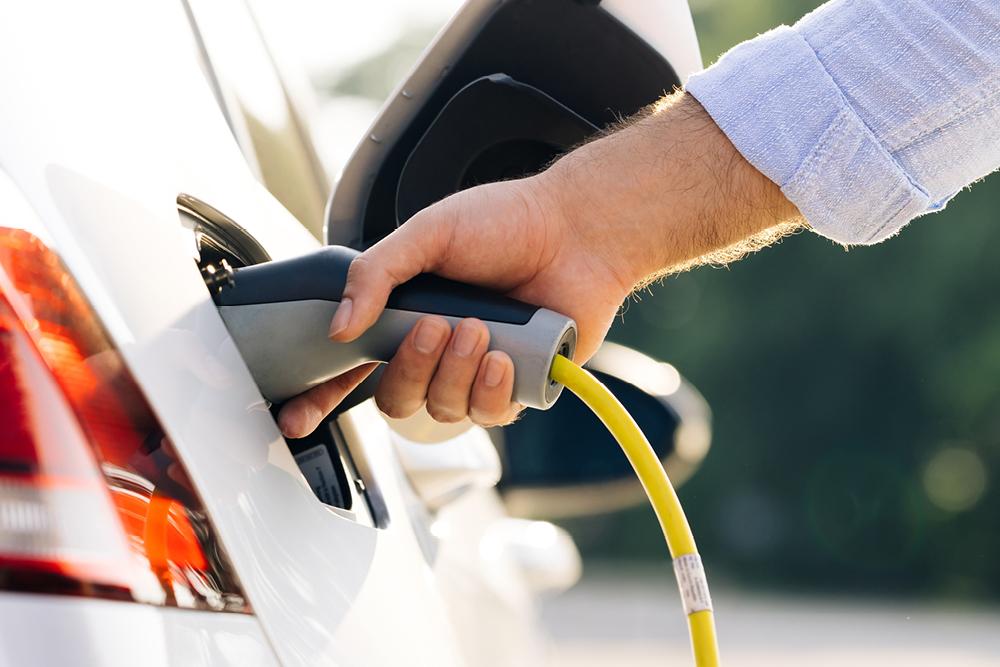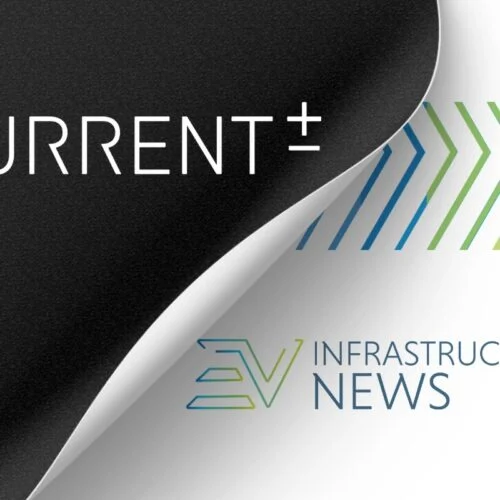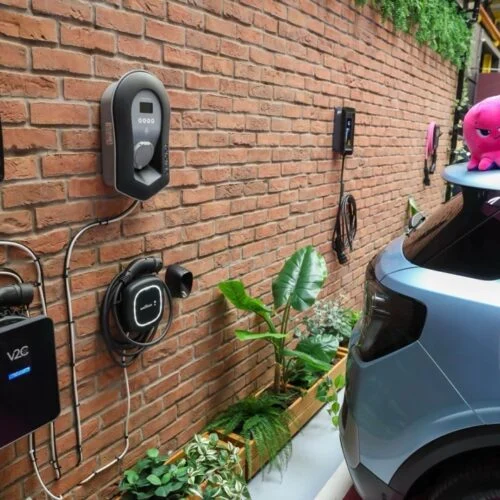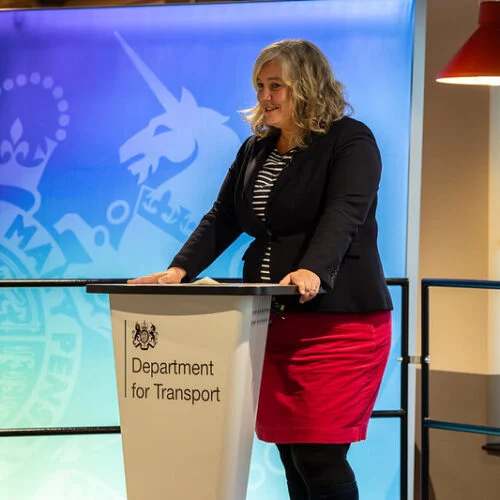The Australian government has launched a new dedicated website for EVs, which includes the national Electric Vehicle Charging Infrastructure Mapping Tool (EVCI Mapping Tool).
The new ev.gov.au website is dedicated to informing Australians about buying, owning, and maintaining an EV. This includes EV basics, such as types of vehicles, as well as the necessary knowledge about EV charging infrastructure, whether that be at home, kerbside, private or public.
It also includes a detailed list of each state’s incentives and financial assistance when purchasing an EV. This includes the Electric Car Discount legislation, which was introduced in 2022 and grants an upfront discount on an EV, as well as green loans from the Australian government’s green bank, Clean Energy Finance Corporation (CEFC).
Perhaps the most significant inclusion is the EVCI Mapping Tool, which provides data points to guide investment in EV charging infrastructure across Australia.
The dataset provides information that can be activated or deactivated and encompasses various aspects, including existing and planned public EV fast chargers, traffic flows, population demographics, electricity grid capacity, local amenities such as fuel stations and fast-food outlets, tourist attractions, and mobile coverage.
It combines data and applies a nationally consistent methodology to forecast demand for fast charging across Australia to 2034. It also visually represents areas where fast charging infrastructure could be optimally located to meet demand.
In doing so, this tool delivers on the objectives of the National Electric Vehicle Strategy to guide optimal investment and support improved coordination and planning of EV charging infrastructure across Australia.
RAC concludes decade-long EV charging infrastructure programme
In other news, the Royal Automobile Club of Western Australia (RAC) has announced that it has concluded the decade-long RAC Electric Highway initiative, handing over the rollout to local governments in Western Australia.
The RAC Electric Highway is a network of EV charging stations in Western Australia established to support the growing number of EVs in the state. It consists of 16 charging locations and offers a mix of ultra-rapid, fast, and destination charging options. It is part of the larger Chargefox network.
These EV charging stations were located between Monkey Mia, in the Shark Bay World Heritage area, about 900km north of Perth, and Esperance, 713km southeast of the state capital.
Terry Durant, the RAC group executive, social and community impact, believes the Electric Highway has been an important catalyst for investment in Western Australia’s EV charging infrastructure.
“RAC launched the Electric Highway as a platform to open Western Australia up to new transport options and help eliminate the issue of range anxiety among EV owners – we also wanted to demonstrate the demand and kickstart broader investment,” Durant said.
“When the RAC Electric Highway first launched, there were fewer than 80 electric vehicles on Western Australian roads. There are now more than 25,000, with access to more than 150 charging stations across the state.”
NRMA calls for a National Standard for EV charging accessibility
Motoring group the NRMA has called for the establishment of a national standard for EV charger site accessibility, a move that aims to ensure inclusive and practical infrastructure delivery as EV adoption continues to grow.
The group’s Accessible EV charging infrastructure report highlights the current challenges faced by individuals with disabilities and mobility needs when accessing EV charging stations.
Many existing sites lack the necessary design considerations to accommodate users with physical limitations, creating barriers to equitable access, the organisation claims. The NRMA’s proposed standard seeks to address these issues by prioritising accessibility in the design and placement of EV charging bays.
This includes adopting scalable and consistent guidelines that can be implemented across a wide range of environments, from urban centres to regional areas.
One key aspect of the proposed standard is the introduction of practical EV bay designs that balance accessibility with feasibility.
The NRMA emphasises the importance of avoiding over-engineering, which can lead to delays in infrastructure deployment. Instead, the organisation advocates for a pragmatic approach that ensures timely and inclusive access to charging facilities.
By setting clear and achievable guidelines, the standard aims to enhance usability for all Australians, including those with disabilities, while supporting the broader community’s transition to EVs.
The push for a national standard comes at a critical time for Australia’s EV market. As adoption rates rise, the demand for reliable and accessible EV charging infrastructure is growing rapidly.
The NRMA’s initiative aligns with broader efforts to expand the country’s EV charging network. By prioritising accessibility, the organisation is not only addressing the needs of individuals with disabilities but also enhancing the overall usability of EV infrastructure for all users.
Our publisher, Solar Media, will soon launch a brand-new site dedicated to global EV charging infrastructure developments. Called EV Infrastructure News, the site will track market trends, technological breakthroughs and project developments from around the globe. Please visit and follow the official LinkedIn page to learn more.






